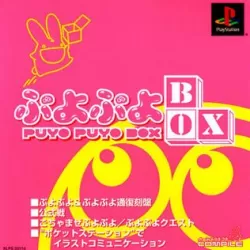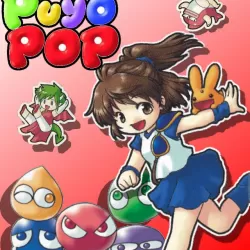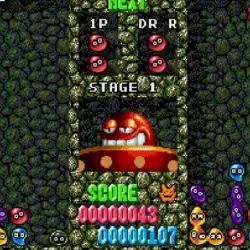Puyo Puyo 2
Details: Video game
Descr: Puyo Puyo Tetris 2 is a puzzle video game developed by Sonic Team and published by Sega. It is a direct sequel to Puyo Puyo Tetris. Wikipedia
Initial Release Date: December 8, 2020
Artists: Akira Mikame
Composers: Hideki Abe
Directors: Naohiro Hirao
Platforms: Nintendo Switch, PlayStation 4, Microsoft Windows, Xbox Series X and Series S, PlayStation 5, Xbox One
Developers: Sega, Sonic Team
Descr: Puyo Puyo Tetris 2 is a puzzle video game developed by Sonic Team and published by Sega. It is a direct sequel to Puyo Puyo Tetris. Wikipedia
Initial Release Date: December 8, 2020
Artists: Akira Mikame
Composers: Hideki Abe
Directors: Naohiro Hirao
Platforms: Nintendo Switch, PlayStation 4, Microsoft Windows, Xbox Series X and Series S, PlayStation 5, Xbox One
Developers: Sega, Sonic Team















